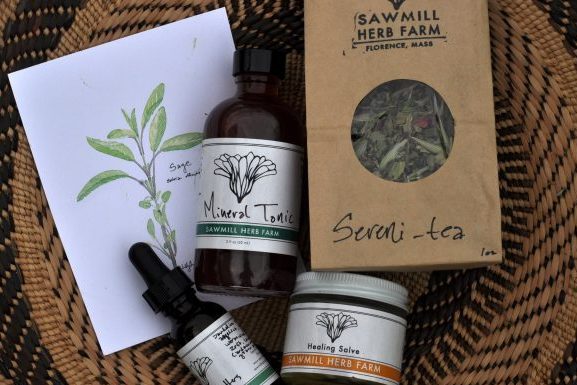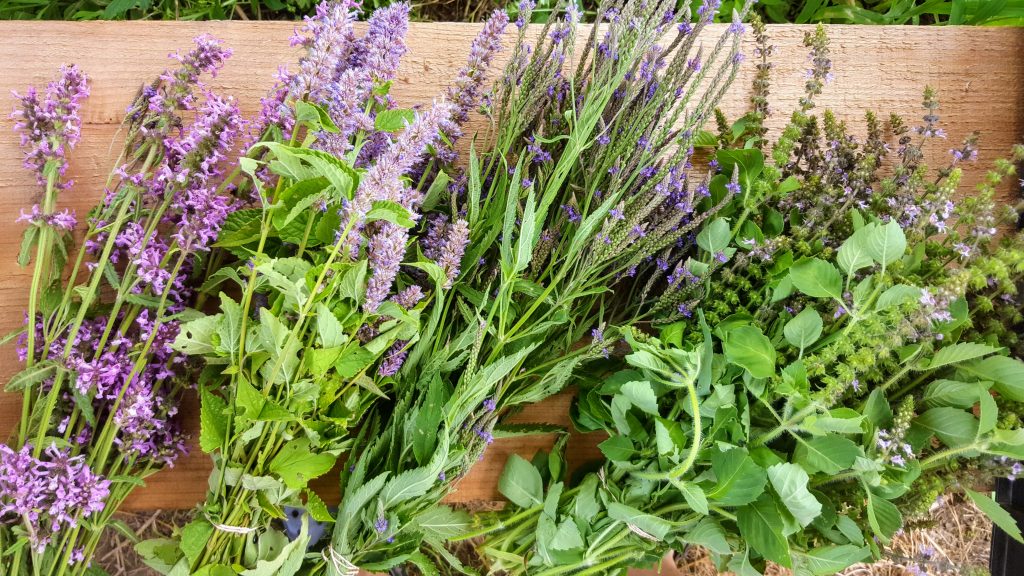Herb Profile: Comfrey
Comfrey, Symphytum officinale

Preparations
It is highly recommended that comfrey is used externally only, and in combination with other herbs. The dried root can be infused in an oil to be used on its own or in salves on the skin. Additionally, the fresh or dried root can be combined with a small amount of water and made into a poultice, to be applied directly to an injured area.
Cautions/Contraindications
Comfrey (root and flower) contains pyrroizidine alkaloids, which can cause liver damage. Use externally, in small doses, and when the liver is healthy. Not recommended for use when taking pharmaceutical medications that are metabolized by the liver, including oral contraceptives. Not to be used during a healthy puberty. Do not use to increase bone growth until the bones are set in the correct place.🌿 Grow, Harvest & Learn with Us This Season! 🌿
Whether you're looking to fill your apothecary with vibrant, fresh herbs, start your own garden with strong, healthy seedlings, or deepen your knowledge of herbal medicine, we've got you covered.
Join our Fresh Herb CSA to receive weekly bundles of medicinal and culinary herbs, plus guidance on how to use them. Pre-order seedlings to get a head start on your herb garden with our carefully grown plants. Explore our herbal education programs to learn hands-on medicine-making, plant connection, and more.
Looking for high-quality, certified organic herbs year-round? We also offer dried herbs and small-batch tea blends, thoughtfully grown and harvested to bring you the best in herbal wellness.
Be part of a community that values resilience, self-sufficiency, and deep connection to the land. 💚
Sign up for the CSA, pre-order seedlings, shop our dried herbs and tea blends, or explore our herbal education offerings today!
Disclaimer
These statements have not been evaluated by the Food and Drug Administration. This product is not intended to diagnose, treat, cure, or prevent any disease. For educational purposes only. We do not endorse the websites linked to in the resources and have not extensively reviewed all the information on external pages for accuracy. Everyone reacts differently to herbs and we do not attempt to be completely inclusive in the information and contraindications for each herb. Trust your intuition if something is not feeling right for you.
Shop our Apothecary and Nursery
-

Apothecary Products
Nourish yourself and your family with a certified organic farm grown apothecary ...
-

Nursery Products
Grow your garden. We grow certified organic herb, flower and vegetable starts. ...


